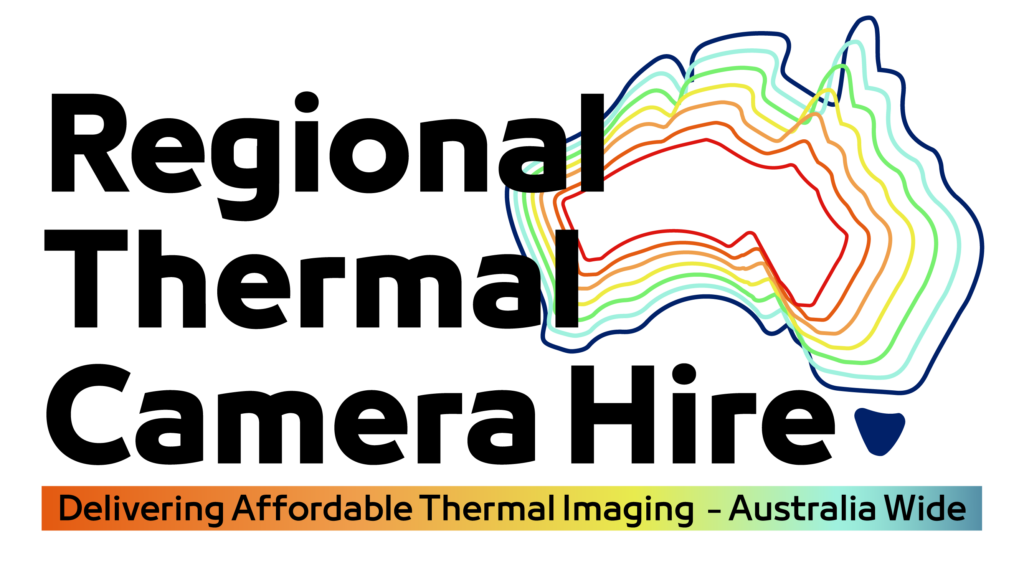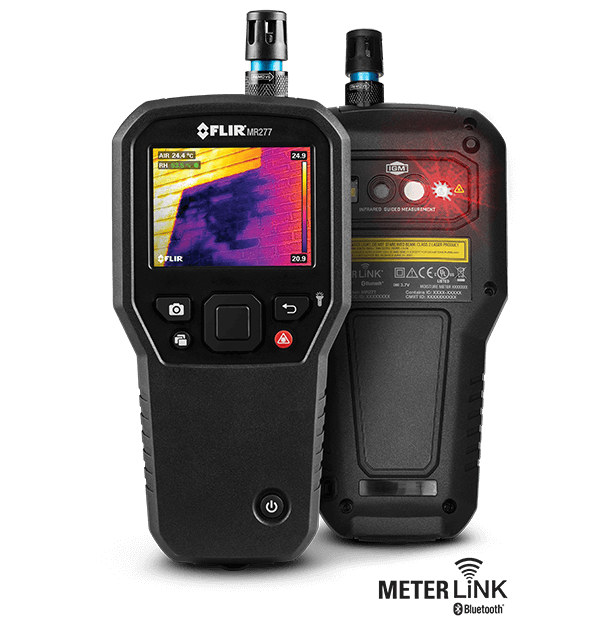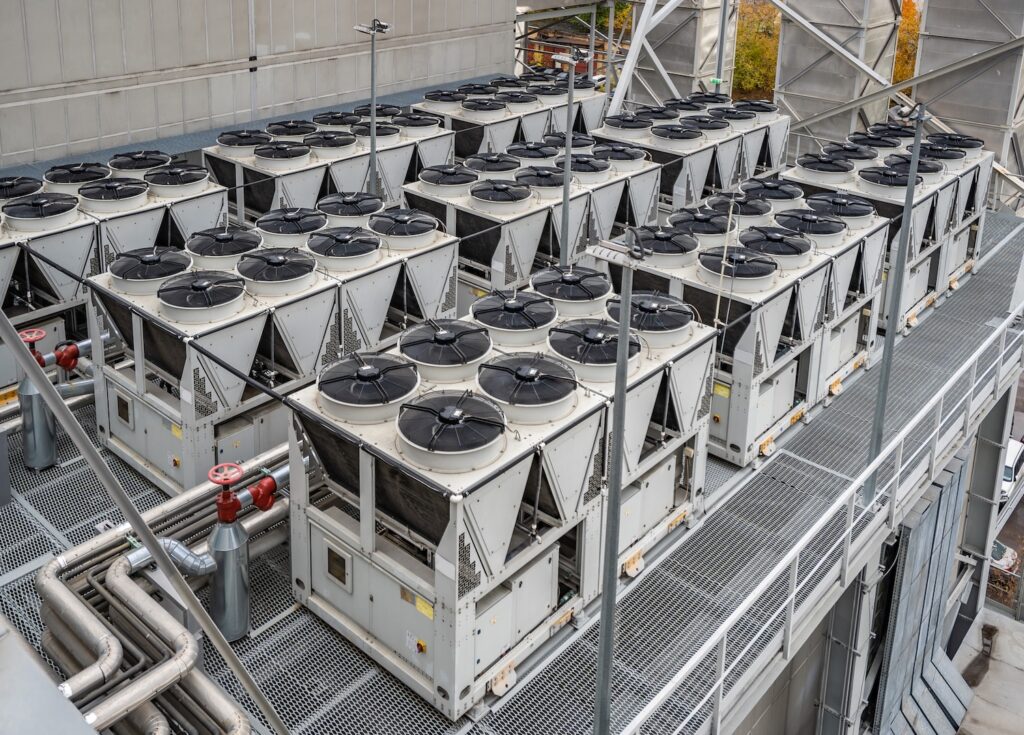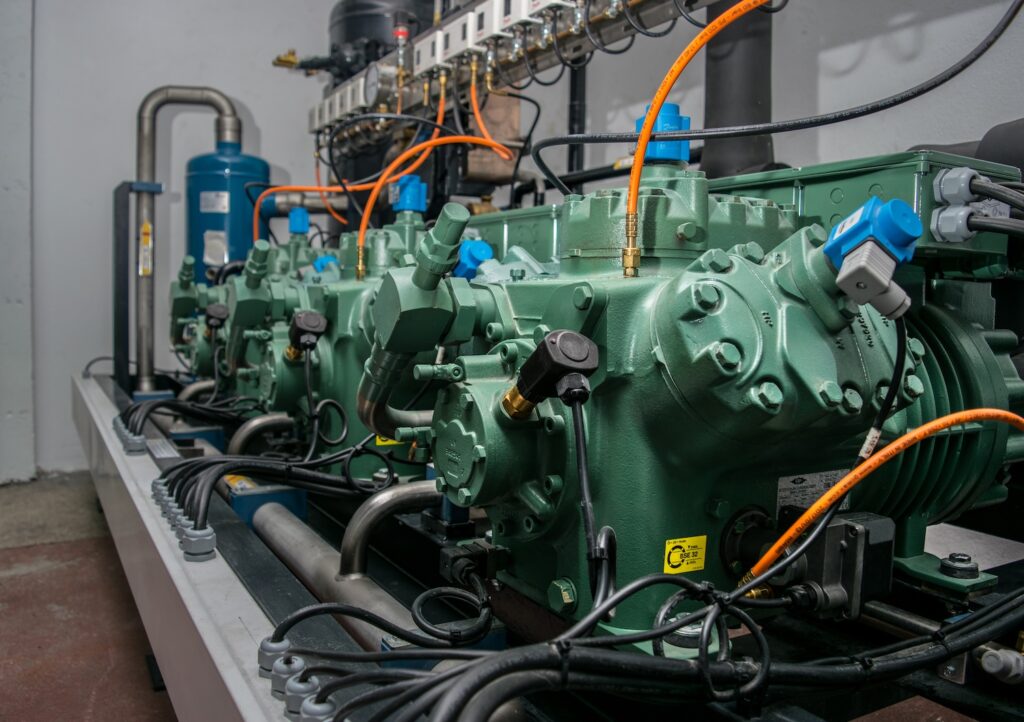Thermal imaging cameras have a wide variety of applications across multiple industries, providing invaluable insights by detecting temperature variations and visualizing otherwise invisible thermal issues. Below is a comprehensive overview of the key applications of thermal imaging cameras, with real-world examples for each:
Thermal cameras can easily identify air leaks, moisture ingress, and insulation gaps in a building’s envelope, making them crucial for energy efficiency evaluations.
• Example: A contractor detects cold air infiltration around windows and doors in a commercial building, allowing the owner to improve sealing and reduce energy costs.
Thermal imaging is used to assess the quality of insulation by revealing temperature differences across walls, ceilings, and floors.
• Example: A homeowner uses a thermal camera to find missing insulation in an attic, leading to significant energy savings after adding more insulation.
Roofing professionals use thermal cameras to locate areas of trapped moisture under roofing membranes, a sign of potential leaks.
• Example: A roof inspection reveals wet insulation below a flat roof membrane, allowing for targeted repairs and preventing further water damage.
Thermal imaging detects hidden water leaks and moisture behind walls or under floors, helping prevent structural damage.
• Example: After heavy rainfall, a thermal camera is used in a basement to locate hidden water leaks within the walls, preventing mold growth.
Thermal cameras can help identify cracks and structural weaknesses in concrete, roadways, and bridges.
• Example: A construction team uses thermal imaging to locate cracks in a highway before they worsen and require costly repairs.
Electrical professionals use thermal cameras to detect overheating components in switchboards, transformers, and circuit breakers, as well as phase imbalances in electrical systems.
• Example: An electrician spots an overheating circuit breaker during routine maintenance, preventing a potential electrical fire.
Thermal imaging identifies issues with bearings, motors, and pumps, such as misalignment, excessive friction, or overheating.
• Example: A factory maintenance team uses a thermal camera to spot an overheating motor in an assembly line, preventing a costly production stoppage.
Thermal cameras provide security personnel with the ability to detect movement and objects in low-visibility conditions, such as darkness, smoke, or fog.
• Example: A security team uses thermal imaging to monitor a perimeter in complete darkness, identifying an intruder hiding behind a fence.
Thermal cameras are used to identify “hot spots” on solar panels, which indicate faulty cells or other issues affecting efficiency.
• Example: A solar technician detects a malfunctioning panel in a large solar farm, ensuring the entire system operates at peak efficiency.
Researchers utilize thermal imaging to measure temperature changes during experimental processes, aiding in product development and testing.
• Example: A research team uses thermal imaging to monitor the cooling rates of newly developed materials in aerospace applications.
Thermal cameras help veterinarians and farmers monitor livestock health by detecting inflammation, injury, or poor circulation.
• Example: A farmer uses a thermal camera to detect signs of mastitis in dairy cattle before visible symptoms appear, leading to quicker treatment.
Conservationists use thermal imaging to observe nocturnal animals or wildlife in dense forests without disturbing their natural behavior.
• Example: A wildlife researcher uses a thermal camera to track nocturnal movements of endangered species in a national park.
Thermal imaging is a key tool in conducting energy audits, revealing heat loss, inefficient systems, and energy wastage.
• Example: An energy auditor uses a thermal camera to assess a commercial building’s energy efficiency, identifying areas of heat loss through windows and doors.
Thermal cameras are used in manufacturing to check weld quality and ensure processes are within safe temperature ranges.
• Example: A manufacturer uses a thermal camera to ensure welds on a pressure vessel are uniform and free from defects.
Thermal imaging helps detect high-temperature surfaces in industrial environments, preventing burns and injuries.
• Example: A safety officer uses a thermal camera to check for dangerously hot surfaces near furnaces in a steel mill, ensuring worker safety.
Thermal imaging is used to monitor the performance of steam systems, including insulation, steam leaks, and component wear.
• Example: A plant engineer uses thermal imaging to detect insulation failure in a steam pipe, reducing energy waste and preventing heat loss.
Thermal cameras are effective in detecting air, water, refrigerant, and steam leaks in HVAC systems, as well as monitoring heat exchangers and insulation quality.
• Example: An HVAC technician uses a thermal camera to detect an air leak in a duct system, ensuring more efficient heating and cooling.
Thermal cameras monitor transmission lines, transformers, and substations for overheating components and potential failures.
• Example: An electrical utility uses thermal imaging to identify an overheating transformer in a substation, allowing for proactive maintenance.
Mechanics use thermal cameras to detect issues like overheating engines, exhaust systems, and electrical faults in vehicles.
• Example: A mechanic uses a thermal camera to diagnose an overheating issue in a vehicle’s exhaust manifold, leading to a quick repair.
Thermal cameras help identify potential fire hazards by detecting overheating components near combustible materials.
• Example: A fire safety inspector uses a thermal camera to detect a dangerously hot light fixture near wooden beams, preventing a potential fire.
In food production, thermal imaging ensures proper cooking, cooling, and refrigeration processes, helping maintain quality and safety.
• Example: A food processing plant uses thermal imaging to verify the even cooling of packaged products before they are shipped.
Thermal cameras are used to detect areas of condensation that could lead to mold growth or structural damage.
• Example: A building inspector identifies condensation behind drywall in a bathroom, prompting immediate remediation to prevent mold.
Thermal imaging helps ensure that cold storage facilities, such as refrigerated warehouses, are properly insulated and free from leaks.
• Example: A cold storage manager uses a thermal camera to find and fix leaks in the insulation of a large freezer, reducing energy consumption.
Thermal imaging can locate studs, rafters, and joists behind walls, making it easier to plan renovations or repairs.
• Example: A renovator uses a thermal camera to locate studs behind drywall before hanging heavy artwork.
Thermal imaging is used to monitor refrigeration systems for leaks, inefficiencies, or areas of poor performance.
• Example: A technician uses a thermal camera to detect a refrigerant leak in a supermarket refrigeration unit, preventing food spoilage.
Thermal imaging identifies air and moisture leaks in a building’s structure, which can lead to higher energy costs and structural damage.
• Example: A property manager uses a thermal camera to find and repair leaks in a high-rise apartment building, improving overall energy efficiency.
Thermal imaging provides a non-invasive, efficient way to solve a range of problems across various industries, from construction and manufacturing to energy audits and wildlife conservation. By offering visual insights into hidden issues, thermal cameras help professionals detect, diagnose, and resolve problems before they escalate.
Read Our Articles
What is the FLIR MR277 Infrared Guided Measurement (IGM)?
The Infrared Guided Measurement (IGM) technology in the FLIR MR277 is an innovative feature designed to help users visually identify potential problem areas related to moisture, heat, and building issues. Flir systems combines traditional…
Using a Heat Detection Camera in Chiller Maintenance for HVAC Systems
Thermal cameras are highly effective tools for maintaining HVAC chillers, allowing technicians to detect potential problems early, optimize system performance, and prevent costly breakdowns. By identifying heat imbalances, refrigerant flow…
How to Use a Thermal Photography Camera in Refrigeration Systems
A thermal camera is a valuable tool for diagnosing and maintaining refrigeration systems. By detecting temperature anomalies, thermal imaging helps identify issues like refrigerant leaks, blockages, electrical faults, and inefficiencies…
At Regional Thermal Camera Hire, we’re committed to making advanced thermal imaging technology accessible across regional Australia. Our service model combines free education on thermal imaging applications with a unique hire-and-logistics approach designed specifically for regional customers. Our customers only pays time after they receive in post – we burden hire time and transport costs in transport – flat rate throughout Australia
We offer a range of high-quality Fluke and FLIR thermal cameras, ideal for contractors, property owners, building managers, and other professionals who need reliable tools for inspections, diagnostics, and fault-finding. Our goal is to help you uncover hidden thermal issues, providing an affordable hire solution that delivers peace of mind.
- Application Education: We start by offering free guidance on the potential uses of thermal imaging cameras to ensure they’re the right fit for your specific project.
- Tailored Hire Windows: We’ll work with you to set up a hire period that matches your timeline and needs, ensuring you have the equipment when it’s most effective for your job.
- Full Support & Training: Each hire includes free training and ongoing technical support, ensuring you’re confident using the camera and maximizing its value.
Our Products
FLIR E5 Thermal Imaging Camera
The FLIR E5 thermal imaging camera is a powerful, easy-to-use tool that provides accurate thermal data to help professionals detect hidden problems quickly.
Fluke TiS55+ Thermal Imaging Camera
The Fluke TiS55+ is the flagship of our thermal imaging camera fleet, offering the highest specifications for demanding, high-end applications.
FLIR MR277 Building Inspection System
The FLIR MR277 is a top-tier building inspection system that integrates advanced thermal imaging, moisture detection, and environmental sensors into one powerful tool.
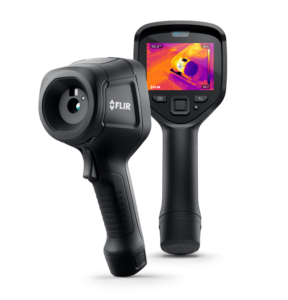
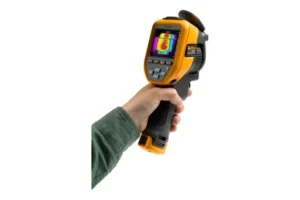
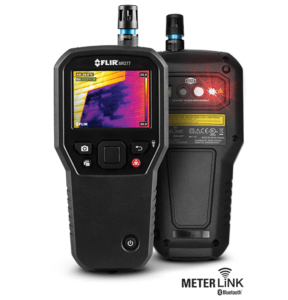
What We Do

Holidays and travelling compose some of the most exquisite highlights of life.
From joy, laughter and picturesque scenery to lasting memories that leave residual impact long after you depart; our primary objective is to conjure and create these visions into 3D.A holiday that truly lasts for a lifetime is dependent on proper planning and execution; and our industry experience, connections and facilities will ensure yours does just that.

Contact us for more information
